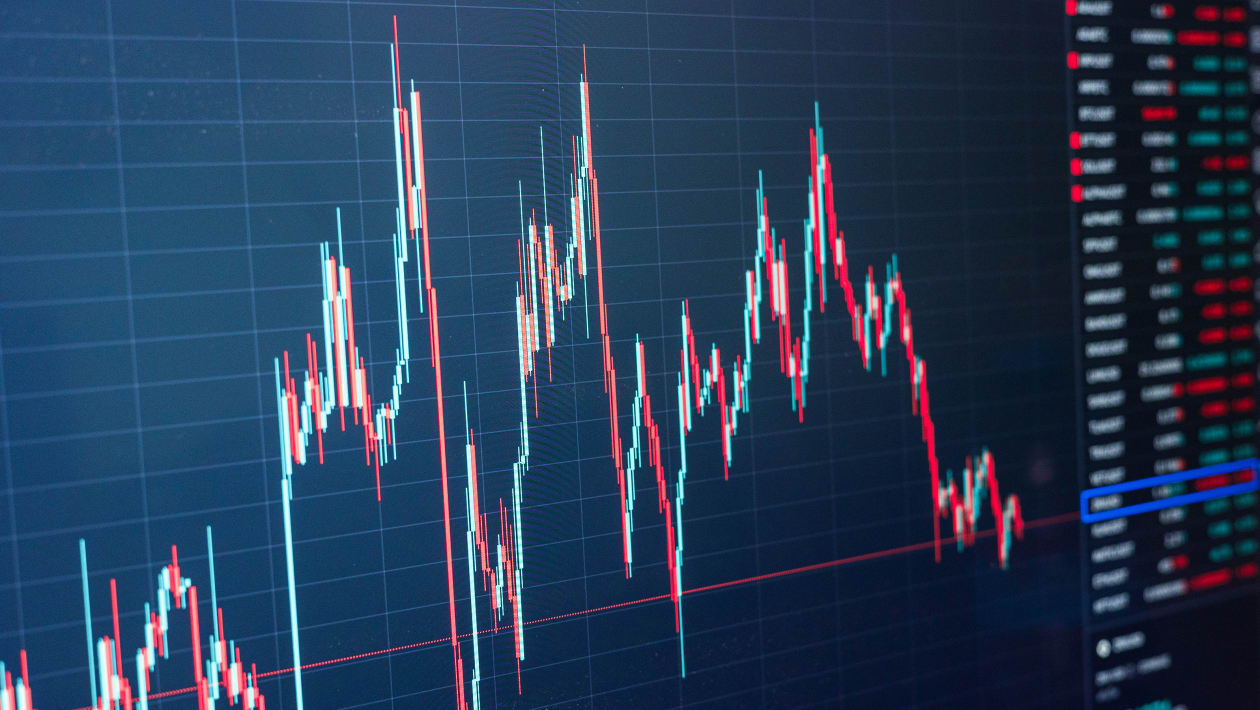At first blush, stocks and bonds liked the November consumer inflation (CPI) reading on Tuesday, but by the end of the day, the
S&P 500 closed up less than 1% after being almost 3% higher in the morning. The 10-year U.S. Treasury yield plunged to 3.4% at
one point but rebounded to 3.5% by the close after ending at 3.6% on Monday. The good news was that headline inflation fell to
7.1% year-over-year, down from 7.7% the previous month and below expectations of 7.3%. The less supportive part was the
measure of sticky inflation rising to 6.6% from 6.5% year-over-year, meaning that the components of inflation that tend to move slowly are still rising.
As expected, the Federal Reserve (Fed) delivered a 50 basis point (0.50%) hike at the meeting on Wednesday. With the outcome
of the meeting holding little suspense, the focus was on Chair Powell’s press conference, the summary of economic projections
(SEP) forecasts, and especially the dot plot. The median economic predictions from the committee provide insight into the
expected policy path and outcomes. GDP growth estimates were slashed to 0.5% from 1.2%, which implies slowing growth but no
recession. Notably, the Fed expects the unemployment rate to rise to 4.6% in 2023 from 3.7%. This estimate leads to a conflict
because this magnitude of an increase in the unemployment rate has typically led to a recession, according to the Sahm Rule. In addition, the Fed expects to increase the short-term interest rate to 5.1% in 2023 to combat inflation, with no expectation of a rate cut.










